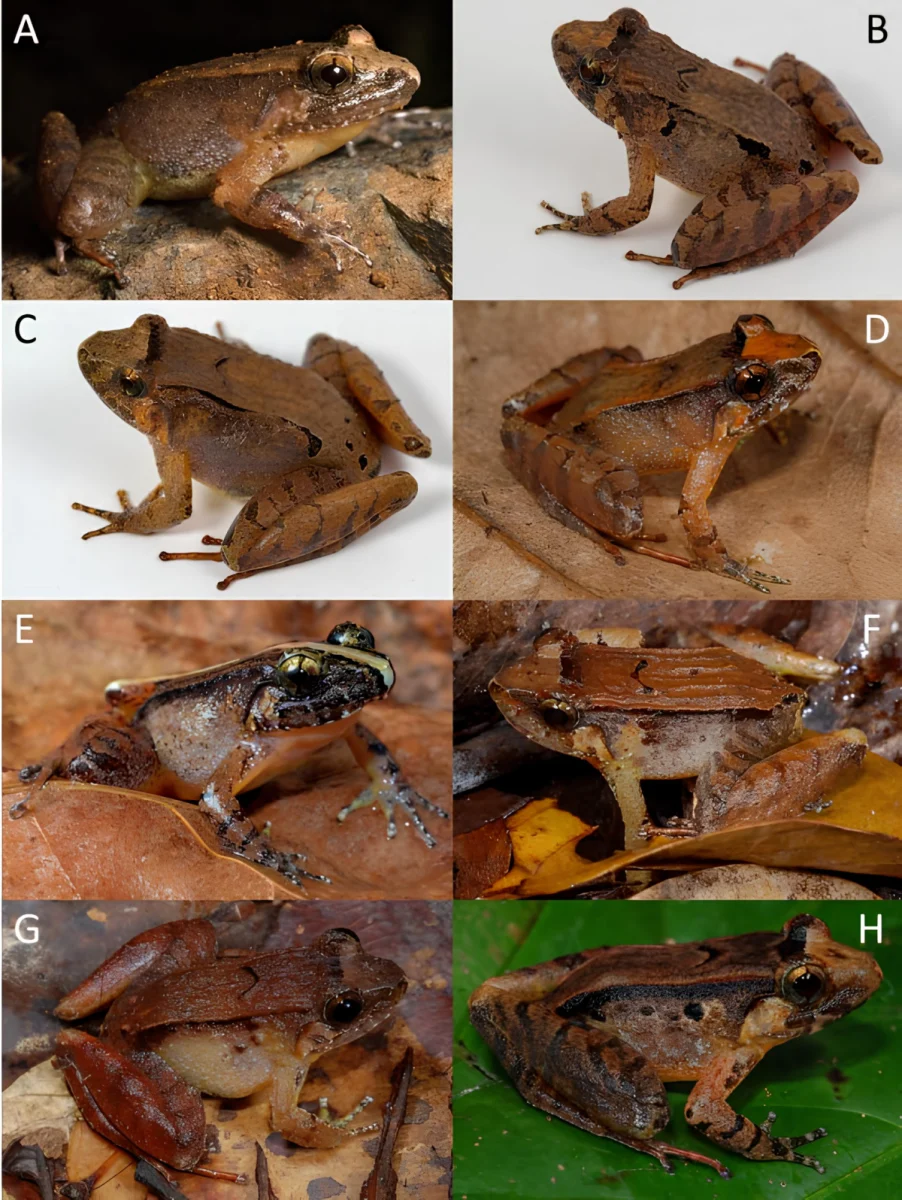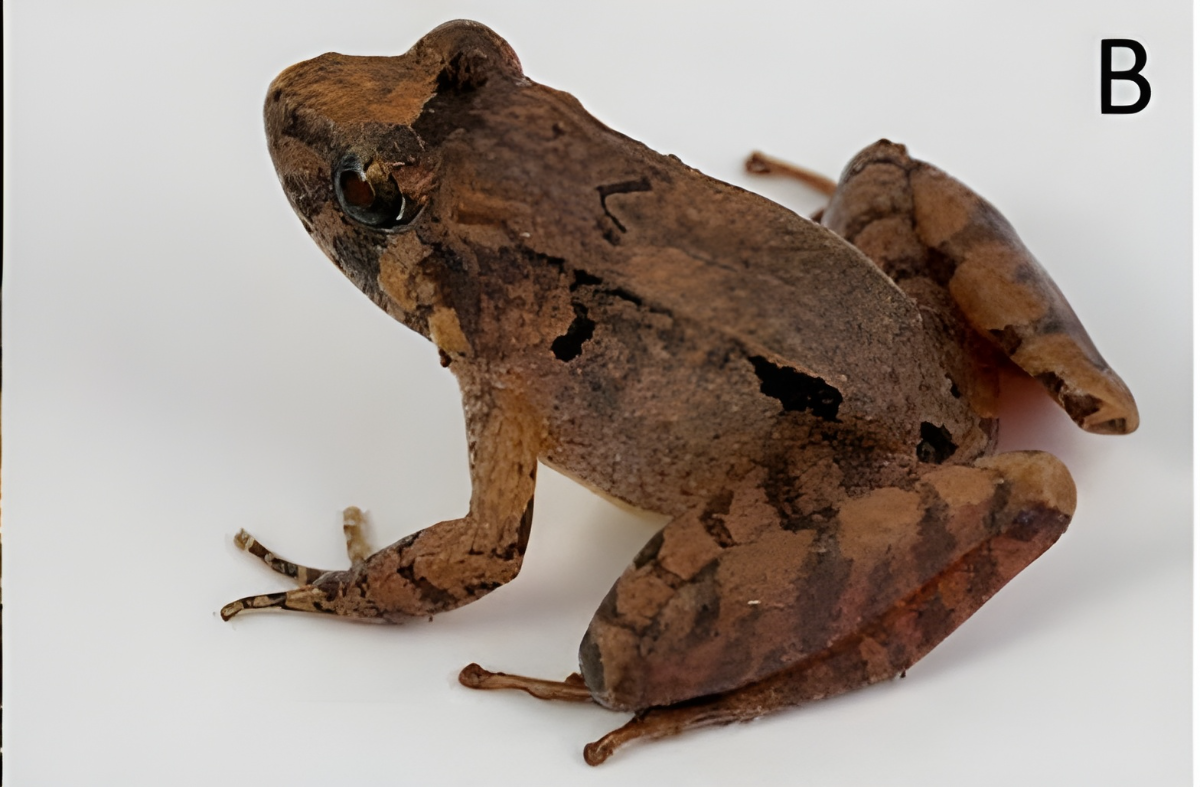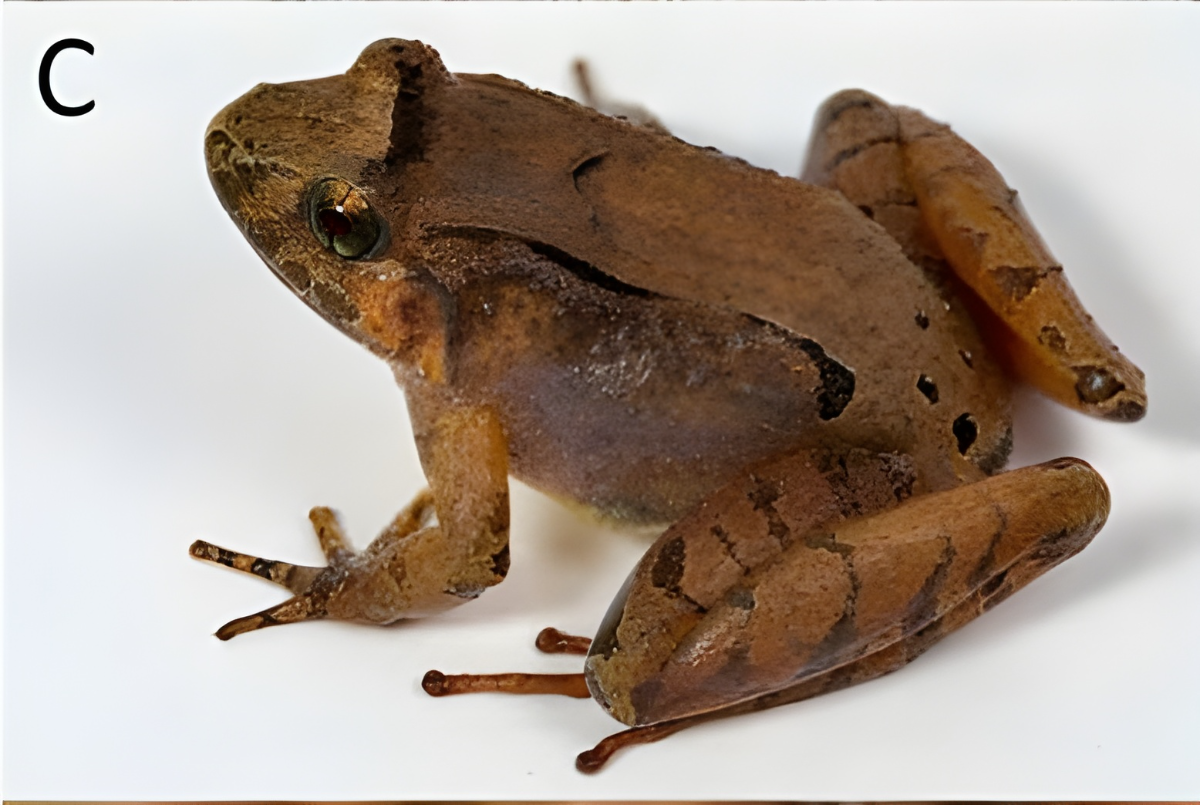Hidden frogs add to Malaysia’s year of discovery
Malaysia’s remarkable run of wildlife discoveries this year has taken another leap forward. Following reports of newly described insects and fish, researchers have now uncovered an entire collection of frogs previously hiding in plain sight.
What was long assumed to be two familiar species found across Borneo has turned out to be 10 – each genetically unique and confined to specific corners of the island’s rainforest.
The finding, led by an international research team and published in Zootaxa, revealed that the Smooth Guardian Frog (Limnonectes palavanensis) and the Rough Guardian Frog (L. finchi) are not single species as once believed, but a network of 10 separate species – eight of which are entirely new to science.
Major addition to Borneo’s amphibian map
The discovery is the result of years of fieldwork and analysis by J. Maximilian Dehling of the University of Koblenz, together with colleagues from Universiti Malaysia Sarawak, Universiti Brunei Darussalam and the Naturhistorisches Museum Bern. Their work combined DNA sequencing, bioacoustics and morphological studies to reveal a hidden radiation of frogs across Borneo’s forests.
These small, brownish frogs may look nearly identical at first glance, but the genetic evidence tells another story. Populations once grouped together under the same name show deep evolutionary separations, with each confined to its own mountain range, valley or river system.
Eight of these previously unknown species now have official names: Limnonectes gunungensis, L. kinabaluensis, L. nephophilus, L. oreibates, L. phylax, L. sarawakensis, L. suboliferus and L. gyrinophorus. Each was confirmed through distinct call patterns, body measurements and genetic codes.

Science behind discovery
To build their case, the researchers spent more than a decade collecting frogs across Sarawak, Sabah and Brunei. They recorded the frogs’ advertisement calls, which males use to attract mates and found that each population produced a unique rhythm and pitch. These subtle vocal differences were later matched with DNA sequences, revealing that what appeared to be small variations in sound were actually signatures of separate species.
Morphological studies backed up the genetic data. Even though the frogs share similar colours and sizes, fine distinctions in head shape, skin folds and toe webbing helped separate one species from another. Genetic comparisons showed divergences of up to 18% between species, far greater than what would be expected within a single species.

Borneo’s fragmented landscape
The Guardian Frogs’ story mirrors Borneo’s complex geography. The island’s dense rainforests, rugged mountain chains and river networks act as natural barriers that keep populations isolated. Over thousands of years, these physical divisions encouraged lineages to evolve independently, producing multiple species that look similar but differ at the genetic level.
The frogs’ unusual breeding behaviour has further reinforced their isolation. Unlike most frogs, male Guardian Frogs watch over eggs laid on land and later transport the tadpoles on their backs to pools or streams. This limited movement prevents the frogs from dispersing widely, allowing local populations to diverge genetically within small habitats.

Malaysia’s expanding list of discoveries
The Guardian Frogs join a growing list of new species described in Malaysia this year, reflecting the country’s ongoing role as a biodiversity frontier. In 2025 alone, scientists have confirmed several new insect species in Peninsular Malaysia, rediscovered rare fireflies near Kuala Lumpur and documented previously unknown reptiles in Sabah’s highlands.
Each new discovery highlights how much of Malaysia’s natural world remains undocumented. Many of these species live in restricted habitats that face increasing pressure from land development and deforestation. The identification of these frogs provides critical information for conservation planning, ensuring that species once overlooked are now recognised and protected.
Forest that still surprises
The revelation of eight new frog species from one study is a reminder of how little is still known about the wildlife of Southeast Asia. Even well-studied groups such as amphibians continue to yield surprises when examined with modern tools.
The Guardian Frogs of Borneo have shown that Malaysia’s forests remain full of hidden life, waiting for science to listen closely enough to hear it.
Limnonectes kinabaluensis, a mountain stream frog native to Mount Kinabalu







